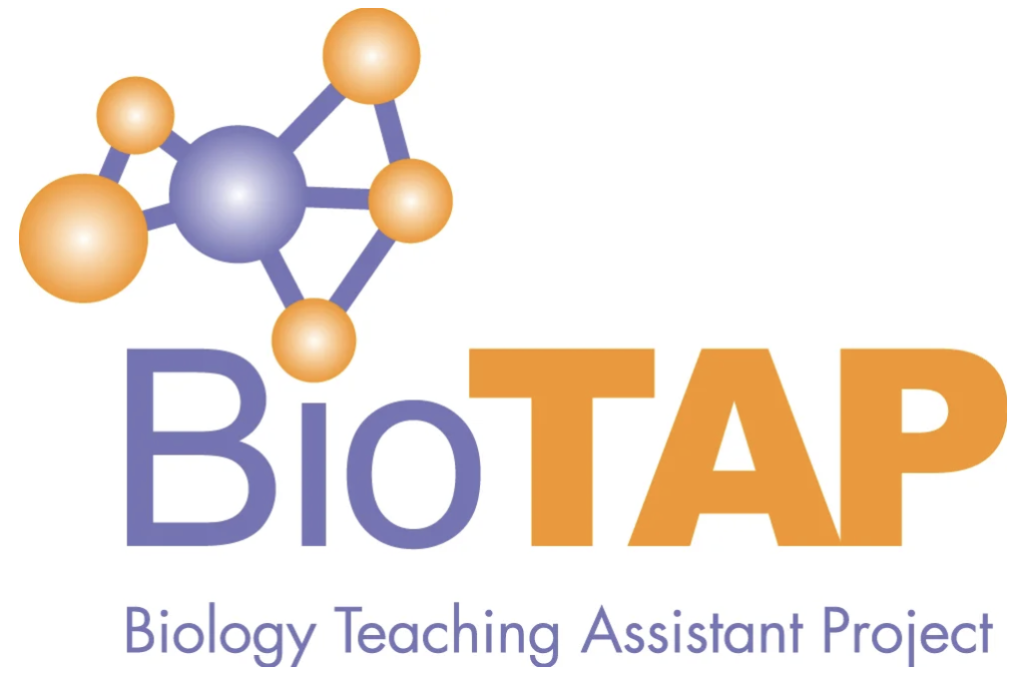One of the most challenging aspects of providing TA TPD is designing quality professional development experiences. There are a myriad of approaches and it is easy to get overwhelmed, particularly if you are working alone to design a TA experience. It is perhaps both alarming and a relief to discover that there is no one universal TPD approach that is empirically known to be “best.” Therefore, BioTAP does not advocate for any one program type, but provides a space for practitioners to share ideas with each other.
Where Do I Start?
One approach in designing a TPD program is to assess your context. Context sets the guidelines for what you need to focus on for your particular TAs at your particular institution. Although it is tempting to have one ideal TPD program, customization is the nature of TPD. Therefore we advocate asking and answering questions about your context that should be used to guide the nature of your program.
Start by asking:
- Am I working with novice or experienced TAs (or a mix) in terms of their teaching experience?
The next questions to ask focus on logistics:
- What times are available to me for TA TPD – pre-semester block of time only? Weekly time?
- If formal TA TPD is not available, are there informal ways to support teaching development, such as teaching observations or review of student evaluations?
- What are the most important teaching skills that the TAs need to deliver the curriculum?
Once you have defined your context, you should design your experience based on ideas from others working in similar contexts.
While there is no one set of unified best practices for TPD, there are general principles that have been found to make professional development more successful examples are:
- Focus on general teaching methods that can applied across broad instructional experiences if the TPD is for many students teaching many different classes. Examples may include active learning practices such as collaboration and inclusivity in the classroom.
- If the TPD is for a particular class, focus it on the knowledge and skills needed for that particular class, as well as the best teaching methods to deliver that information to students.
- Have TAs be active participants in the TPD, working together and sharing ideas rather than lecturing them on how to be a good teacher.
- Include reflective practices where TAs receive feedback and modify their teaching practices in response to that feedback.
- Extend the TPD support as long as you can. Even if the TPD can only be a pre-semester orientation, see if you can offer virtual check-ins, peer feedback about teaching, review of teaching evaluations as ways to follow-up with the initial formal TPD.
TPD does not need to be completely in the form of formal workshops or orientations; there are many informal ways to provide TPD that take less time but can be effective means of improving teaching.

Share YOUR Ideas About TPD Practice
Do you have ideas for a great TPD program? Have great results that you want to share with the community? Click on the button below to submit an idea or resource. We’ll get back to you as soon as we can!
© 2024 All rights reserved. BioTAP Network.
